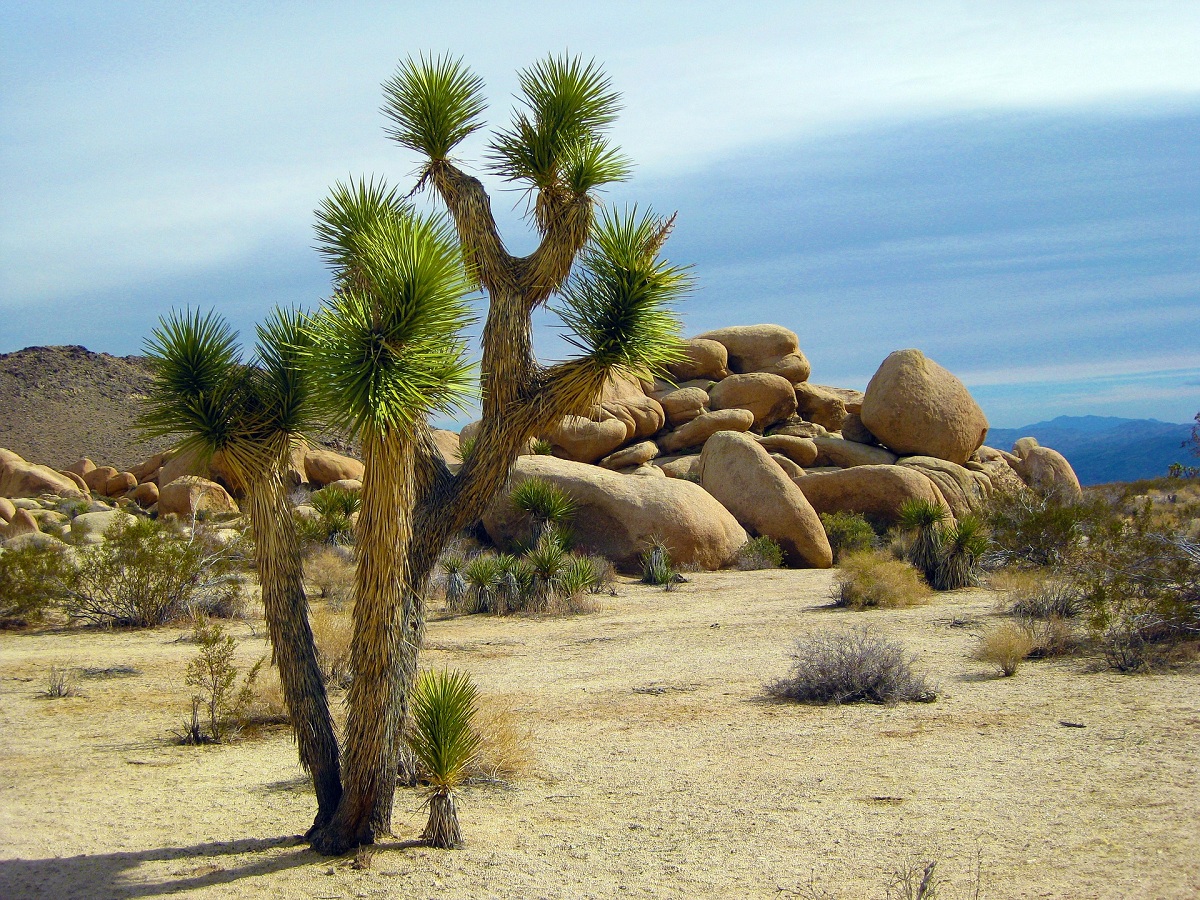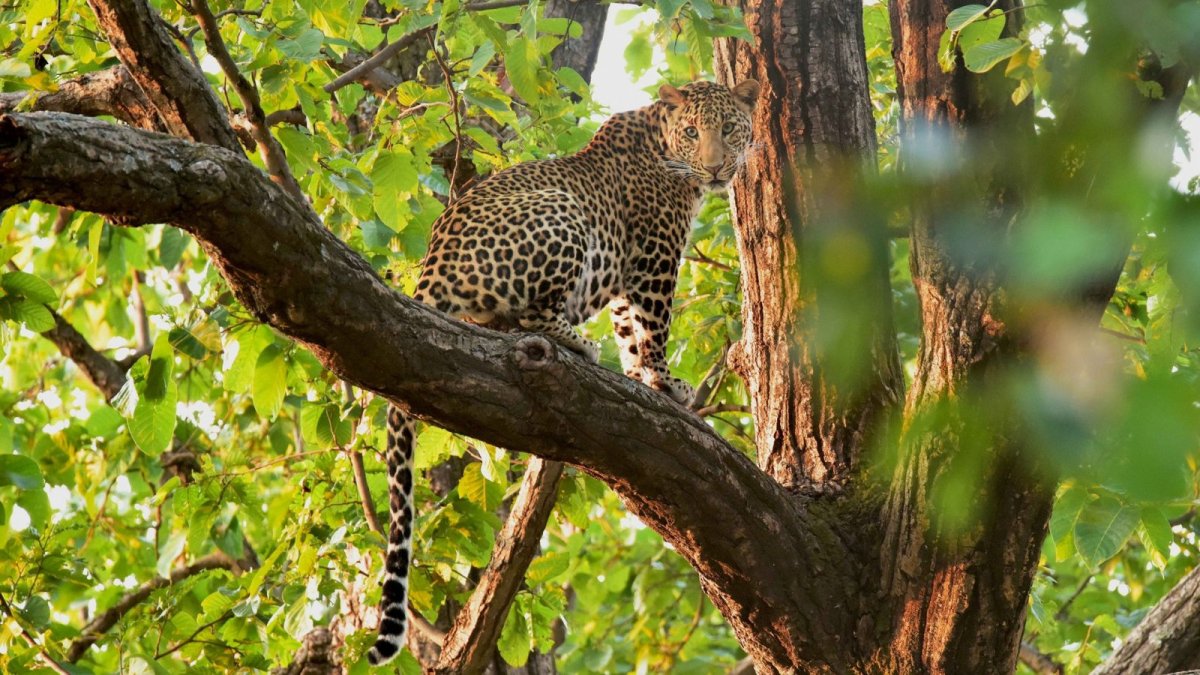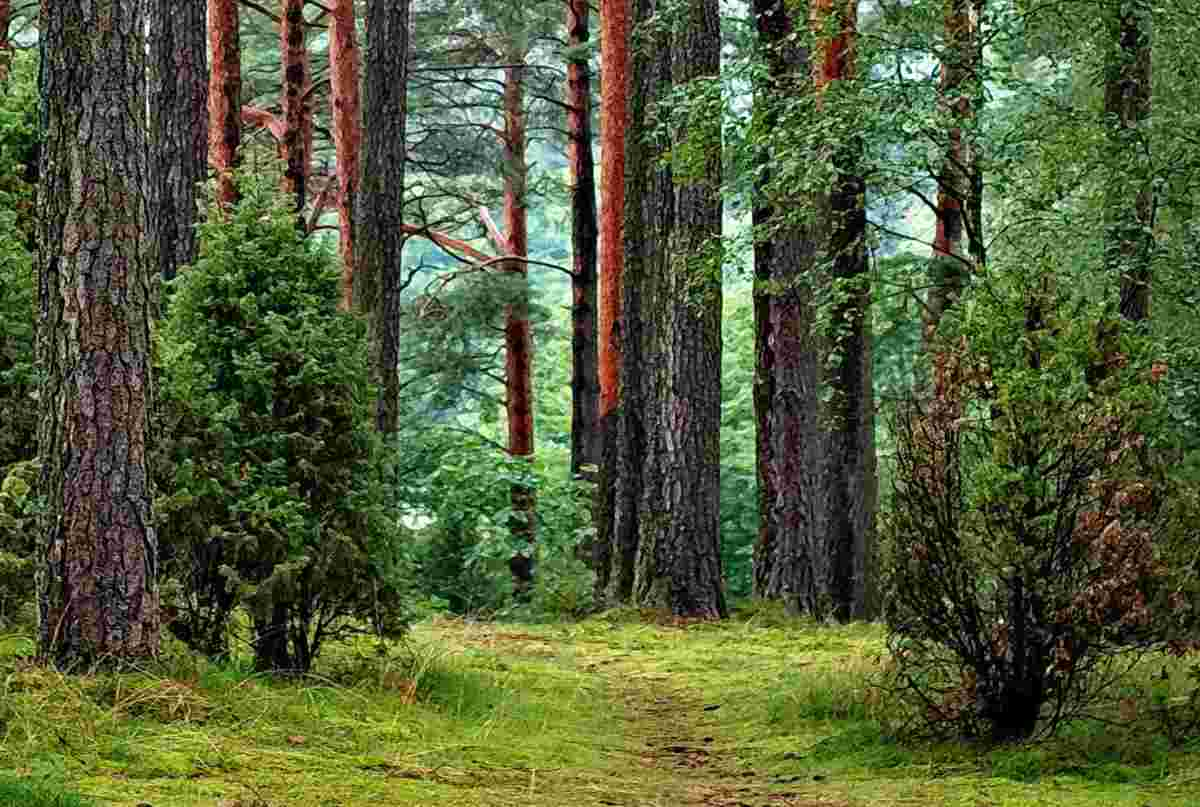
On our planet there are many types of ecosystems, be they aquatic, terrestrial or even aerial environments. The terrestrial ecosystem it is a place where both biotic factors and biotic factors interact. The main substrate where life develops is the emerged land. The main characteristic of the environment having to be developed is the soil as a physical support. Here is the food and habitat that species need to survive and give rise to the food chain.
In this article we are going to tell you about all the characteristics, function and importance of the terrestrial ecosystem.
Characteristics of the terrestrial ecosystem

The open space environment imposes a series of characteristics on these ecosystems, resulting in specific forms of adaptation in organisms. Mainly because the terrestrial environment is directly affected by the climate.
The biggest changes are due to factors such as temperature, the effects of storms and humidity changes. All this makes the adaptability of organisms more manifest in this environment. Living beings in terrestrial ecosystems develop in a medium composed of air. It is of low density, susceptible to strong changes in temperature and climatic phenomena, and regulates the adaptability of organisms.
These ecosystems develop from the emergence of terrestrial parts, which creates special conditions for the development of ecosystems. In addition to providing material support, the soil also represents the primary producers' supply of water and nutrients and forms a specific ecosystem of its own.
The open space environment is affected by atmospheric weather, that is, changes in factors and elements such as temperature, rainfall and wind. The climate varies greatly in time, latitude and altitude during the year, resulting in the diversity of specific environmental combinations.
This promotes species diversification to meet the diverse needs of different terrestrial environments. Life originated in the ocean, so organisms must develop various strategies to adapt to the open space environment.
This promotes species diversification to meet the diverse needs of different terrestrial environments. Life originated in the ocean, so organisms must develop various strategies to adapt to the open space environment. In the case of plants as primary producers, they developed mechanical tissues that allowed them to stand upright.
This is because on land, the atmosphere does not provide the support that water provides to stay upright. They also developed free radicals and water conduction systems to obtain and transport water and minerals.
Likewise, there is a gas exchange system through leaves. When it comes to animals, develop respiratory systems from air and air-ground movement systems.
Types of terrestrial ecosystems
Depending on the type of climate that prevails and the flora and fauna that develop, there are different types of terrestrial ecosystems. Let's see which are the main ones:
Tundra
This biome is home to terrestrial ecosystems located in the northernmost latitude of the earth or in some southern regions. The climatic conditions are extreme, with temperatures close to or below 0ºC during most of the year, and there is a permanently frozen layer of soil.
This limits the possibility of vegetation development, which turns into moss, lichens and some herbaceous species.
Taiga
South of the tundra, ecosystems are developing in coniferous or boreal forests. These are large coniferous forests with almost no structural diversity. The fauna is more diverse than the tundra, with large mammals such as reindeer, wolves, bears, and elk.
Temperate forest
The latitudes far from the poles are temperate forest ecosystems. This includes temperate broadleaf forests, coniferous forests, mixed forests, and Mediterranean forests. The latter is found in very special climatic conditions and is affected by the ocean, dry and hot in summer and cool in winter. Mediterranean forests are located only on the Pacific coast of the Mediterranean basin, California and Chile.
It also takes place in South Africa and southwestern Australia. Temperate broadleaf forests are distributed over large areas of Eurasia and North America. Plant species include oak, birch, and beech. Conifers include pine, cedar, cypress, fir, and juniper. Although the fauna inhabits many other species such as wolves, bears and deer.
Terrestrial ecosystem: steppe

These ecosystems grow on flat terrain with a cold and dry climate, between coniferous forests or boreal forests and temperate forests. They are characterized by being dominant species of grasses and reeds and few shrubs.
They are distributed in the Eurasian continent, especially in some areas of Siberia and the Southern Cone of South America. Among these ecosystems in Eurasia, there are Mongolian wild horses or Przewalski wild horses and saiga antelopes.
Rain forest
Within the framework of this biome, the ecosystem has the greatest diversity, with humid tropical forests and dry forests in its ecological area. The humid forest includes cloudy or cloudy mountain forests and warm rain forests.
Only by considering specific rainforests, such as the Amazon rainforest, can the diversity of ecosystems be distinguished. These include várzea or white water rivers, submerged forest ecosystems, black water rivers and igapo white sand forests or submerged forests.
Moor and savanna
The páramos are the tropical alpine shrub ecosystems of America and Africa, most developed in the Andes, between 3.800 meters above sea level and the limit of permanent snow. They are characterized by having low and medium bushes and They are rich in species such as compound plants, rhododendrons, and legumes. There are high-level endemic species here, which are unique to these regions.
Several ecosystems are distributed in the savanna, and the basic matrix is a plain covered mainly by grasses. However, there are different savanna ecosystems, including the non-wooded savanna and the wooded savanna. In the latter, the ecosystem also differs based on the dominant tree species, possibly palm trees. It is a characteristic ecosystem of the African savanna.
I hope that with this information you can learn more about what a terrestrial ecosystem is and its characteristics.
